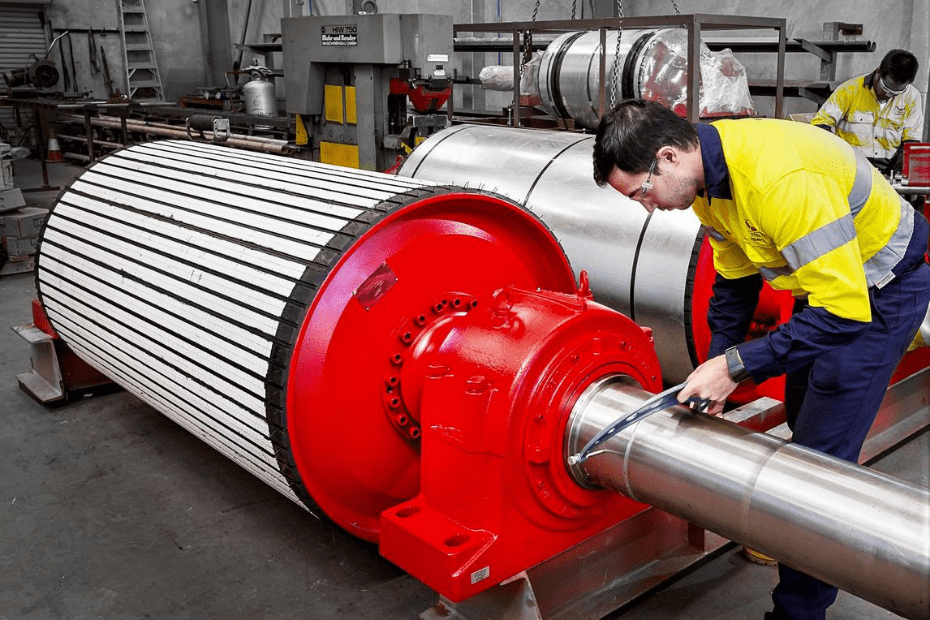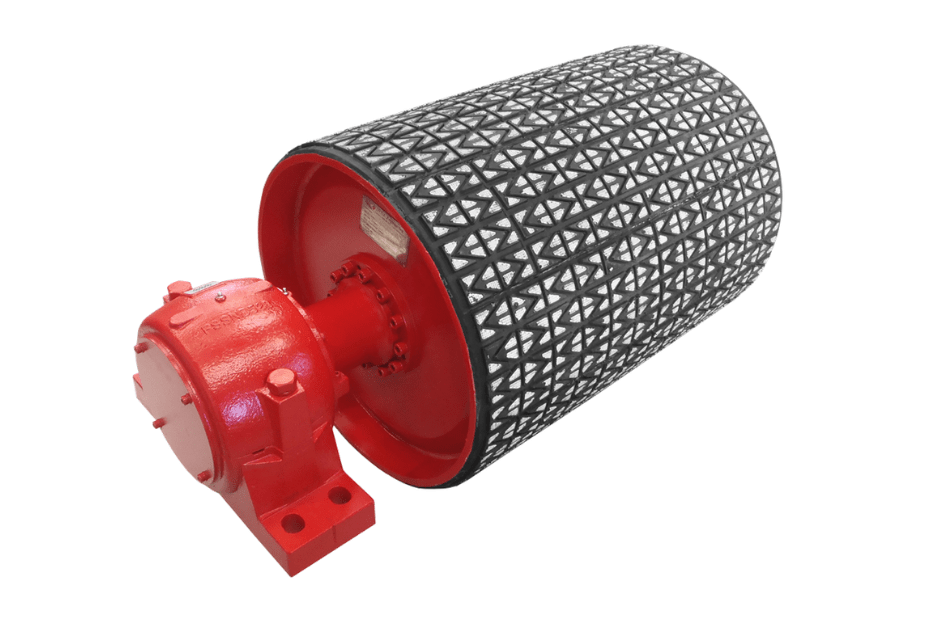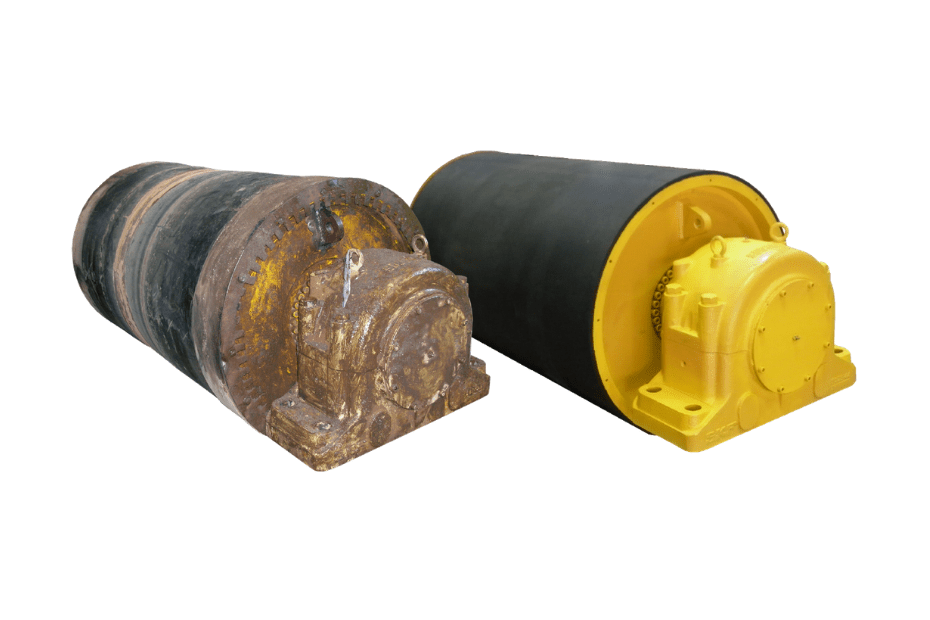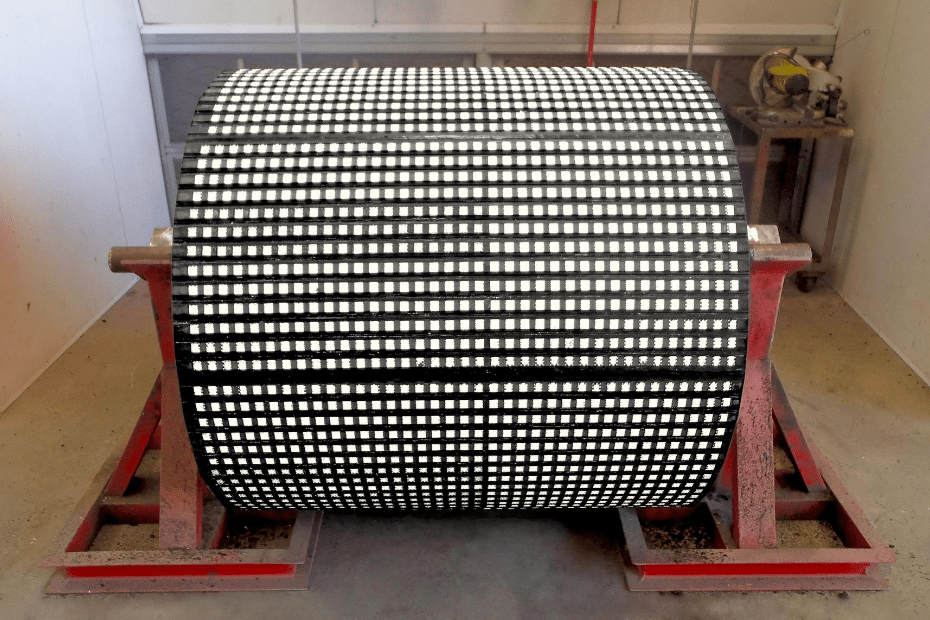
4 Things to Know Before Selecting Pulley Lagging
When it comes to pulley lagging, the range of products and specifications are incredibly diverse. This is to reflect the great diversity in conditions present at mining operations all over the world.
Having the correct lagging on your pulley ensures it operates efficiently and lasts for a longer period of time. Here are four key things you should know before selecting your next pulley lagging.
1. Operating Conditions
From the freezing plains of Russia to the scorching deserts of Australia, mining operations happen in just about every condition.
When considering which pulley lagging to use, operating temperature, wet or dry conditions and chemical contact all play an important part in the decision-making process.
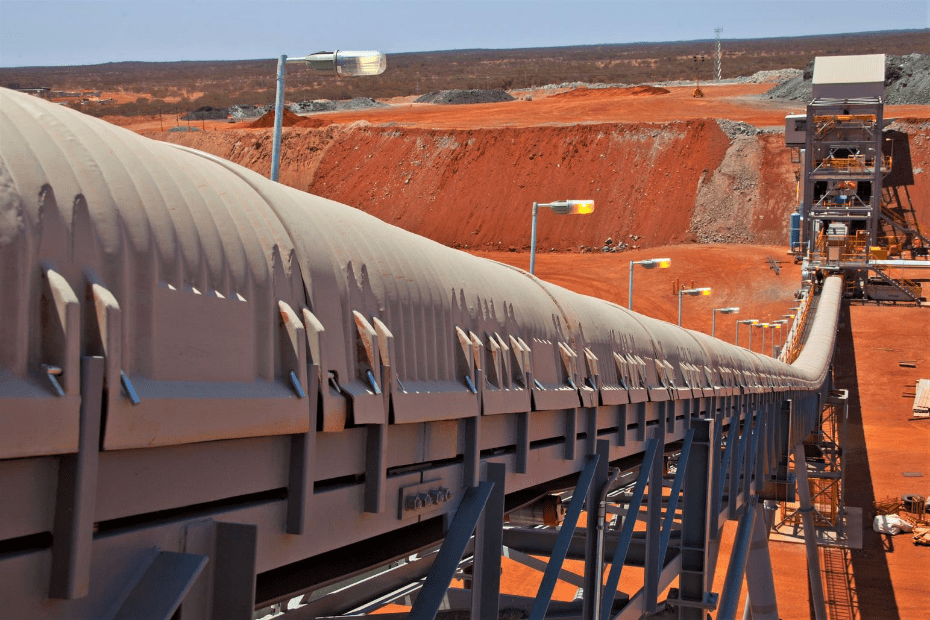
2. Abrasiveness of Material Being Processed/Transported
 When it comes to what type of lagging material you should use, product abrasion is an important consideration.
When it comes to what type of lagging material you should use, product abrasion is an important consideration.
The properties of iron ore can be very abrasive. In comparison, aluminium borate is soft like powder. These two products would have different specifications for pulley lagging.
Bearing in mind the abrasiveness of the material on the belt is crucial to determine the best type of pulley lagging to use. This is due to the different belting requirements based on the materials processed. Different types of belting affect the type of pulley lagging to be used.
3. Belt Type and Belt Running Speed
 The belt type and the running speed play an important part in your pulley lagging decision-making process.
The belt type and the running speed play an important part in your pulley lagging decision-making process.
Generally, the lagging should always take second place to the belt. Belts are very costly to replace when compared to the lagging. Therefore, if one of them were to wear out first, it would be more cost-effective for it to be the pulley lagging.
Rubber conveyor belting have many different specifications including hardness, elasticity and abrasion resistance. For more information on rubber belt grades and what they’re used for, see our blog post: Rubber Conveyor Belt Grades & What They’re Used For.
When designing a conveyor, the pulley, lagging and belt should all run smoothly. When you change one of the components, you need to consider the other components and how they are impacted.
The run speed of the belt can impact on the lagging. Not only can it wear out the lagging quicker but its speed can affect the operating temperature. These factors are all important things to consider when deciding on pulley lagging type.
4. Type of Pulley
Drive pulleys and non-drive pulleys can have two different types of lagging even if they are on the same conveyor.
Drive pulleys are primarily responsible for driving the belt around the conveyor, whereas the non-drive pulleys redirect the belt.
More grip is required by a drive pulley than on non-drive pulleys. Depending on your design, you may consider using rubber-backed ceramic or direct bond ceramic lagging because they both have superior belt grip, and ceramic lagging is generally a tougher and longer-lasting material.
Non-drive pulleys do not have the same responsibility as drive pulleys. You may decide that plain rubber is suitable for your application, even if the drive pulleys require higher specifications.
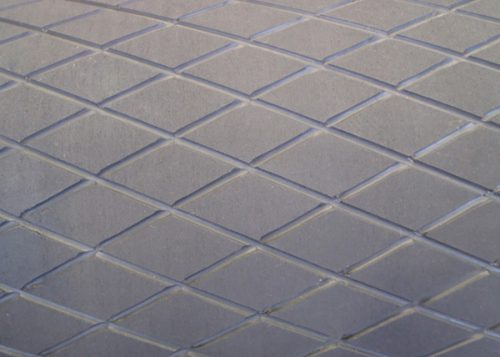
Diamond Groove Rubber Lagging
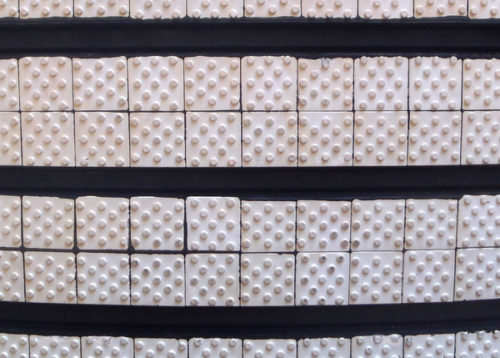
Rubber Backed Ceramic Lagging
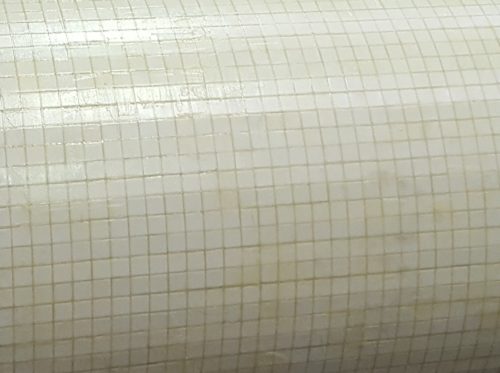
Direct Bond Ceramic Lagging
For more information about pulley lagging or prices, contact our conveyor specialists.
Related Blog Posts
Why to Use Ceramic Lagging
Ceramic lagging is one of the most commonly used types of lagging applied to conveyor pulleys. It is often used in harsh conditions where abrasive material is conveyed because the…
Pulley Lagging Options
Pulley lagging is the layer of material which is bonded to the shell of a conveyor pulley. Its function is to protect the shell from damage, increase friction with the conveyor belt and dispense water…
Does Your Pulley Need Refurbishing?
Conveyor pulleys are a heavy-duty, consistently running piece of machinery that are essential components of a conveyor system. Although they are designed to last, afters…
